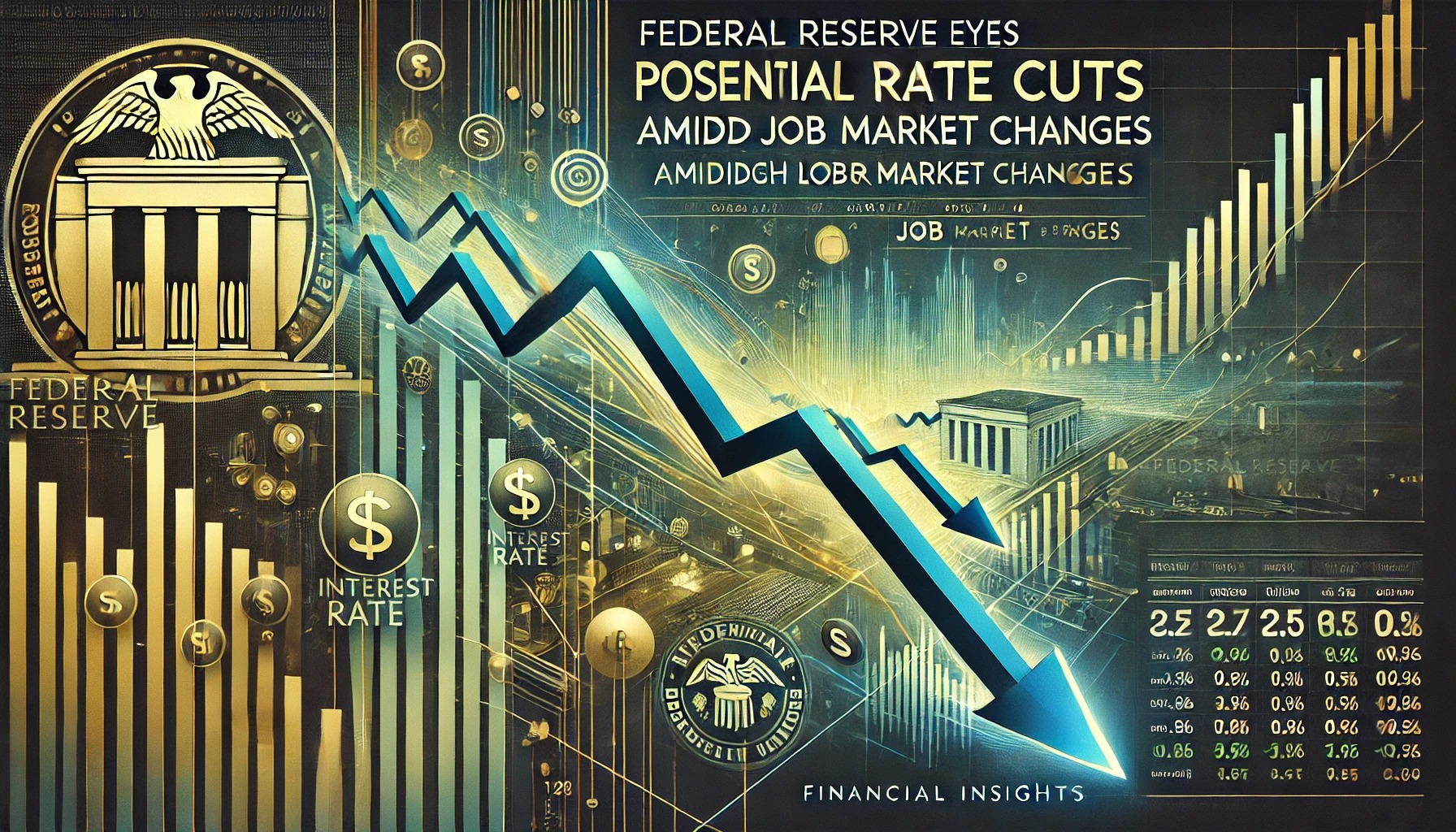During its remaining policy meetings this year, the Federal Reserve is expected to downshift to smaller interest rate cuts. However, a sharp downturn in the labor market could prompt the central bank to implement a more significant Federal Reserve rate cut to protect the economy, according to analysts.
"Despite the faster-than-expected first cut, the tone of the meeting, subsequent communications, and recent U.S. economic data lead us to expect two 25 basis point cuts into year-end," analysts at Morgan Stanley wrote on Wednesday.
A larger Federal Reserve rate cut remains on the table, as weaker employment data could cause the Fed to adjust its policy more aggressively. Analysts warn that job gains falling below 100,000 could pose a challenge to the forecast for two 25 basis point cuts. The September payrolls report, expected this Friday, is predicted to show an addition of 144,000 jobs, slightly up from August’s 142,000, with the unemployment rate holding steady at 4.2%.
Labor Market Holds Key to Future Federal Reserve Rate Cut Decisions
The Federal Reserve rate cut in September, a 50 basis point reduction, surprised many experts who anticipated a smaller 25 basis point cut at the start of the easing cycle. Since then, Federal Reserve officials have consistently emphasized that labor market conditions will significantly shape decisions regarding further rate reductions.
“A surprise to the weak side... would pull me much further into really needing another dramatic move,” said Raphael Bostic, President of the Atlanta Fed, in a Reuters interview.
Fed Chair Jerome Powell, in a speech on Monday, tempered expectations of another large Federal Reserve rate cut, suggesting the likelihood of two more 25 basis point reductions “if the economy performs as expected.”
While the labor market shows signs of slowing, robust consumer spending offers reassurance to Fed officials that a "soft landing" for the economy is possible without entering a recession. In August, consumer spending rose as expected, especially in the service sector, tracking at 3.1% growth for the third quarter.
Morgan Stanley expects a broad deceleration of the economy towards year-end but believes a recession is unlikely. The bank projects real GDP growth at 2.2% for the fourth quarter compared to the same period last year. Meanwhile, inflation continues to moderate, with the core personal consumption expenditures price index — the Fed’s preferred gauge — aligning with a 2.6% forecast for 2024.



 Fed Near Neutral Signals Caution Ahead, Shifting Focus to Fixed Income in 2026
Fed Near Neutral Signals Caution Ahead, Shifting Focus to Fixed Income in 2026  Asian Stocks Slip as Oracle Earnings Miss Sparks AI Profitability Concerns
Asian Stocks Slip as Oracle Earnings Miss Sparks AI Profitability Concerns  Gold Prices Slip Slightly in Asia as Silver Nears Record Highs on Dovish Fed Outlook
Gold Prices Slip Slightly in Asia as Silver Nears Record Highs on Dovish Fed Outlook  Indonesia–U.S. Tariff Talks Near Completion as Both Sides Push for Year-End Deal
Indonesia–U.S. Tariff Talks Near Completion as Both Sides Push for Year-End Deal  Japan Weighs New Tax Breaks to Boost Corporate Investment Amid Spending Debate
Japan Weighs New Tax Breaks to Boost Corporate Investment Amid Spending Debate  U.S. Dollar Slides for Third Straight Week as Rate Cut Expectations Boost Euro and Pound
U.S. Dollar Slides for Third Straight Week as Rate Cut Expectations Boost Euro and Pound  Japan Business Sentiment Hits Four-Year High, Boosting Expectations of BOJ Rate Hike
Japan Business Sentiment Hits Four-Year High, Boosting Expectations of BOJ Rate Hike  U.S. Stock Futures Mixed as Tech and AI Stocks Face Pressure Ahead of CPI Data
U.S. Stock Futures Mixed as Tech and AI Stocks Face Pressure Ahead of CPI Data  Oil Prices Edge Higher as U.S. Seizes Sanctioned Venezuelan Tanker
Oil Prices Edge Higher as U.S. Seizes Sanctioned Venezuelan Tanker  S&P 500 Slides as AI Chip Stocks Tumble, Cooling Tech Rally
S&P 500 Slides as AI Chip Stocks Tumble, Cooling Tech Rally  Korea Zinc Plans $6.78 Billion U.S. Smelter Investment With Government Partnership
Korea Zinc Plans $6.78 Billion U.S. Smelter Investment With Government Partnership  Modi and Trump Hold Phone Call as India Seeks Relief From U.S. Tariffs Over Russian Oil Trade
Modi and Trump Hold Phone Call as India Seeks Relief From U.S. Tariffs Over Russian Oil Trade  Global Markets Slide as Tech Stocks Sink, Yields Rise, and AI Concerns Deepen
Global Markets Slide as Tech Stocks Sink, Yields Rise, and AI Concerns Deepen  Asian Stocks Rally as Tech Rebounds, China Lags on Nvidia Competition Concerns
Asian Stocks Rally as Tech Rebounds, China Lags on Nvidia Competition Concerns  Wall Street Futures Slip as Oracle Earnings Miss Reignites AI Spending Concerns
Wall Street Futures Slip as Oracle Earnings Miss Reignites AI Spending Concerns 































